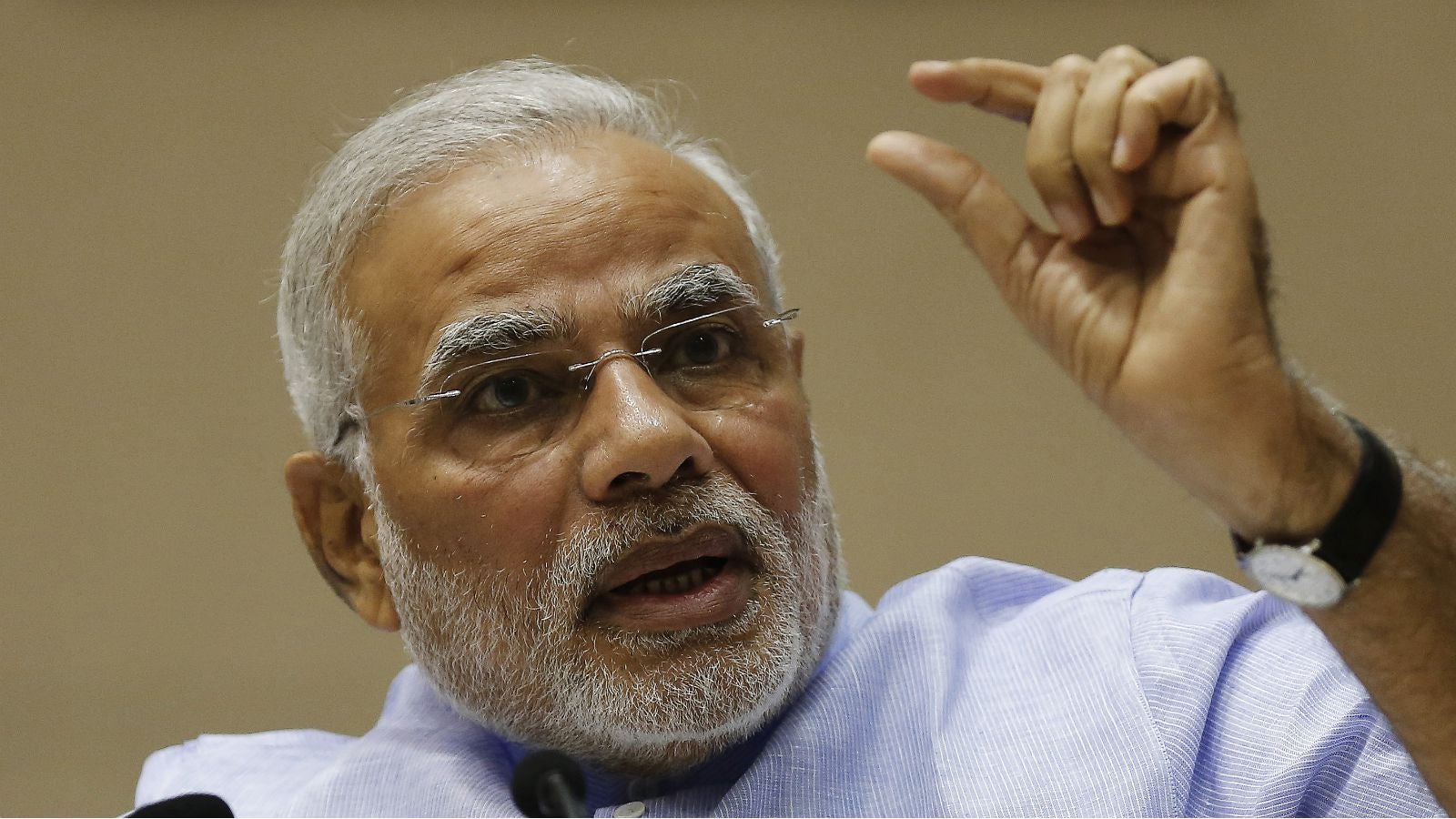The IMF thinks Modi’s 8.5% growth forecast is nonsense
The International Monetary Fund (IMF) doesn’t quite agree with the Narendra Modi government’s growth forecast for Asia’s third largest economy.


The International Monetary Fund (IMF) doesn’t quite agree with the Narendra Modi government’s growth forecast for Asia’s third largest economy.
In a report on March 11, the IMF said that based on the revised GDP calculations, it estimates that the economy will grow by 7.5% in 2016. The revision has been driven by stronger investment following improvement to the business climate.
The growth estimates are a bit off the mark from what India’s finance ministry is projecting. In 2016, the economy will grow between 8.1% and 8.5%, the government said in February, after it rejigged how the country’s GDP is calculated.
In the past, the margin between the estimates made by agencies like the IMF and the government’s projections has typically been very narrow. This time, however, the difference is that of 0.5 percentage points.
Of course, the government’s ambitious growth estimate has been debated—and ridiculed—lately. ”Nobody really believes that the Indian economy grew at anywhere close to 7% last year, and shockingly no one is willing to put an end to this nonsense,” Ruchir Sharma, head of emerging markets at Morgan Stanley Investment Management argued last month.
Still, the IMF believes that India’s economy is moving in the right direction.
Paul Cashin, an assistant director at the fund, said that the growth numbers are now higher and the current account deficit is comfortable, in part due to the fall in gold imports and lower oil prices.“New investment project announcements have started to pick up, particularly in the power and transport sectors,” he said.
But risks persist.
“Spillovers from weak global growth and potential global financial market volatility could be disruptive, including from any unexpected developments as the United States begins to raise its interest rates,” Cashin added.